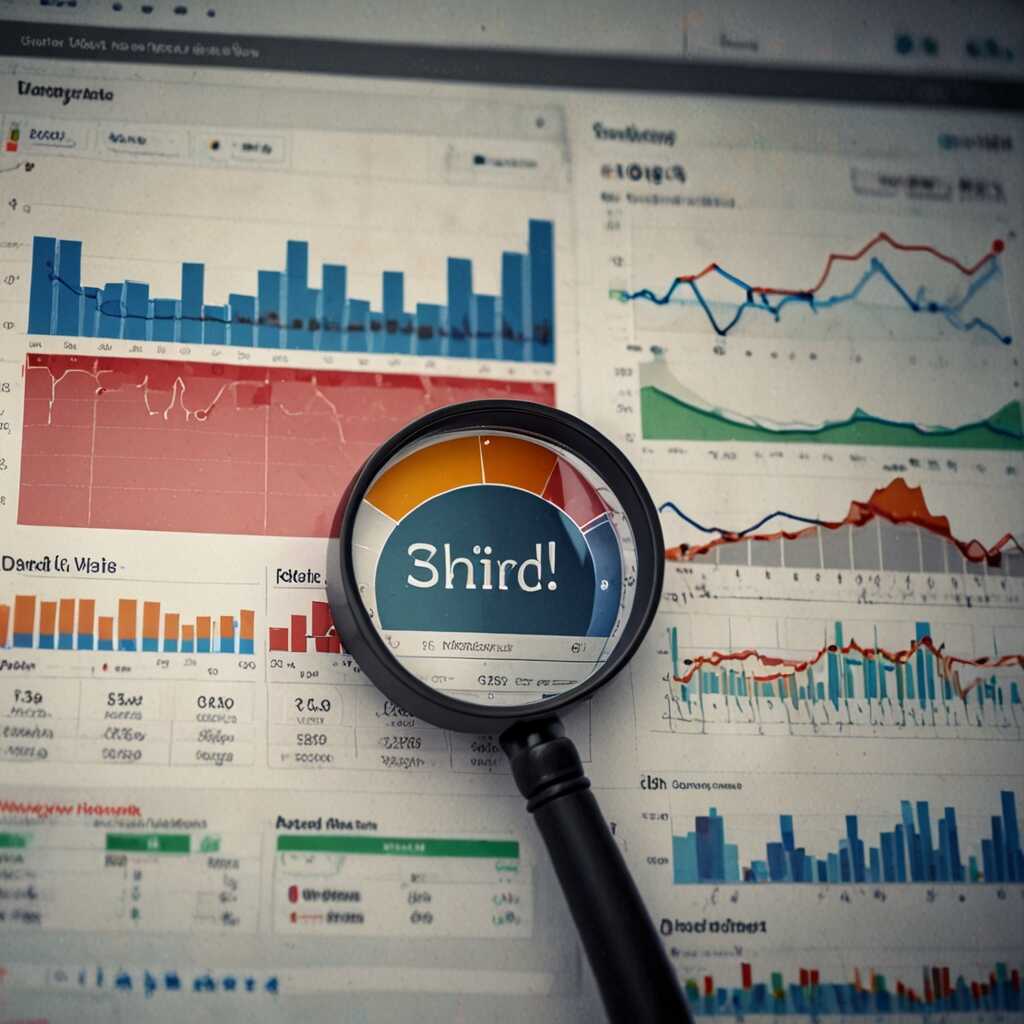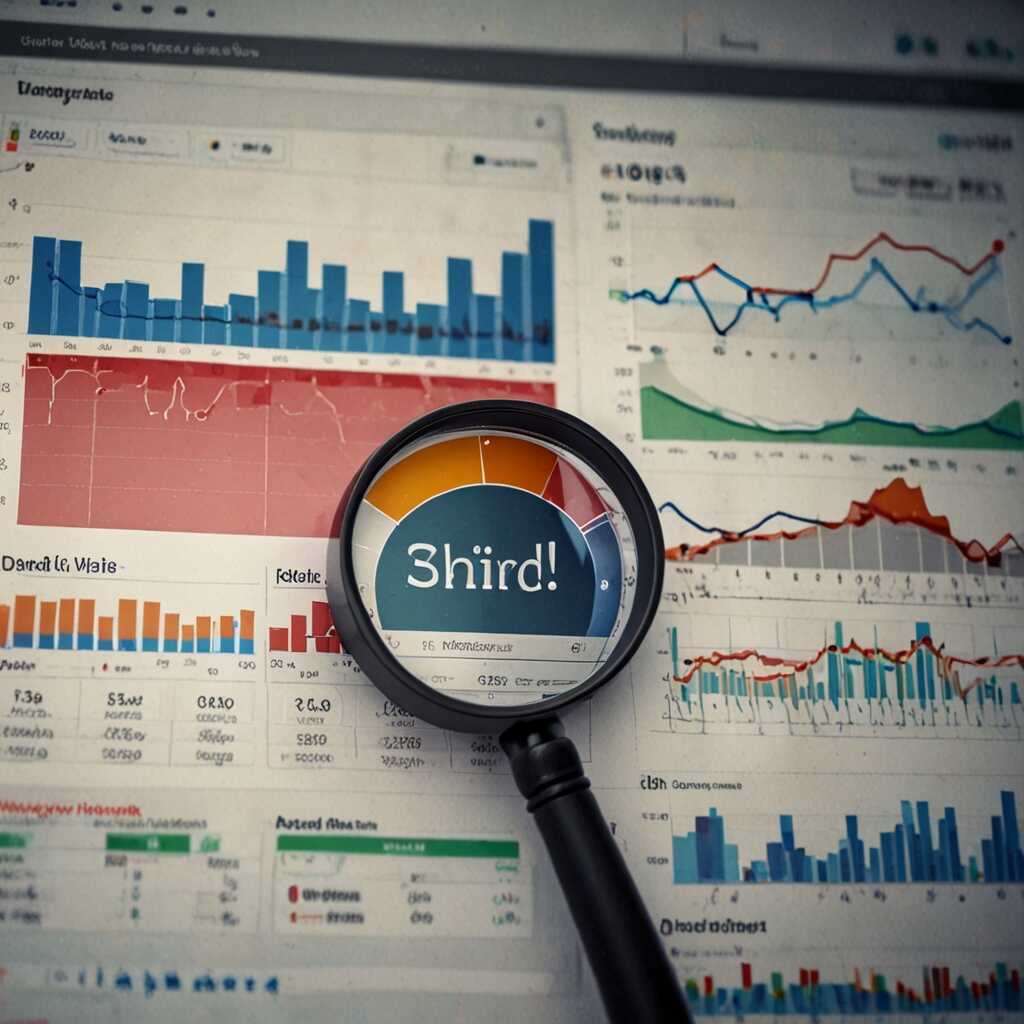Effective pagination SEO practices can significantly improve the crawlability of deep content on your website. By enhancing how search engines navigate and understand your content, you can boost overall visibility and accessibility. At Metrics Rule, we focus on optimizing pagination strategies to ensure that both users and search engines can easily find and access your valuable information. Implementing these best practices will not only improve indexing but also contribute to a richer user experience, ultimately leading to better search rankings.
Exploring the Significance of Pagination in SEO
Pagination in SEO involves dividing content into multiple pages rather than displaying it all on one. This method is essential for content discoverability as it enhances the user experience and supports better organization. Effective pagination strategies positively impact crawling efficiency, especially for e-commerce websites where extensive product catalogs are common. By implementing best practices, such as using rel=”next” and rel=”prev” tags, you can ensure that search engines crawl and index your pages effectively. This approach can significantly improve the number of indexed pages on your site, providing greater visibility in search engine results.
Best Practices for Effective Pagination in E-Commerce SEO
To maximize the benefits of pagination in e-commerce SEO, ensure that your pagination structure is user-friendly and search engine-friendly. Use clear categories and filters, along with descriptive anchor text for pagination links. Implementing canonical tags helps prevent duplicate content issues, thus maintaining the reliability of your site’s performance. Additionally, ensure that your pagination is responsive and works well on mobile devices, enhancing the overall customer experience. By focusing on technical aspects like site speed and efficient navigation, you can improve the crawling and indexing of your product pages, making it easier for customers to find what they need.
Identifying Common Pagination Issues for SEO
Common SEO issues related to pagination include duplicate content, improper canonicalization, and broken links. Duplicate content can arise when products or articles are paginated, causing confusion for search engines. This results in reduced visibility. Proper canonical tags help search engines understand the primary version of content. Furthermore, broken links within paginated content can disrupt user experience and hinder crawlability. E-commerce sites often face challenges managing pagination effectively, which can severely impact their overall search engine visibility. Understanding these issues is crucial for developing effective pagination strategies.
Effective Solutions for Pagination Challenges
To address pagination challenges, implement robust technical SEO strategies that enhance crawlability. Begin by using rel=”prev” and rel=”next” tags to signal to search engines the relationship between paginated pages. Additionally, create comprehensive XML sitemaps that include all paginated URLs. This allows search engines to discover content more easily. Implementing a user-friendly design ensures intuitive navigation, allowing customers to find products quickly. Regularly perform audits on pagination to identify any broken links or improperly configured canonical tags. This proactive approach helps maintain search engine visibility and overall site performance.

Effective Link Structuring for Pagination SEO
Creating an effective pagination link structure is crucial for SEO. Best practices include using clear, descriptive URLs that make sense to both users and search engines. This means structuring pagination links in a way that follows a logical sequence, like /page/1, /page/2, etc. These consistent patterns help Google and Bing understand the content flow. This clarity enhances user experience by making navigation straightforward. Additionally, consider incorporating the “rel” attribute in your pagination links. Using “rel=prev” and “rel=next” elements indicates relationships between pages, further aiding search engine crawling and indexing. For sites like Metrics Rule, these techniques provide a reliable way to improve SERP performance and overall content accessibility.
Optimizing User Experience Through Reliable Link Patterns
Ensuring a great user experience is essential. Utilize breadcrumb navigation alongside pagination structures to allow users to easily explore your site. When users can see their location within the site, they feel more comfortable navigating deeper pages. Each breadcrumb link should accurately represent the hierarchy. This approach enhances usability and improves the reliability of your site’s navigation, encouraging visitors to explore more content. Using AI tools can also help analyze user behavior, allowing for further refinements to pagination structures. Reliable data from such analyses enables you to understand what combination of links works best, ensuring efficient crawling and maintaining high indexing rates.
Key Statistics for Effective Pagination Techniques
- 60% of users abandon content after just three clicks.
- Google crawls websites at a rate of about 20 pages per second.
- Pages with proper pagination can increase indexation by 50%.
- Over 40% of users prefer seeing 10 items per page when browsing.
- Properly structured pagination can improve user engagement by 30%.
- 46% of websites don’t implement pagination correctly, affecting SEO.
- Usage of canonical tags can reduce duplicate content issues by 75%.

Utilizing Rel=Canonical to Address Pagination Challenges
Implementing rel=canonical tags is essential for mitigating duplicate content risks associated with pagination. Search engines can become confused when identical content appears on multiple pages. By using rel=canonical tags, you ensure that search engines recognize the primary version of your content, directing them to the preferred URL. This helps consolidate link equity and improves the overall efficiency of your site’s SEO strategy, ultimately enhancing its crawlability.
Best Practices for Implementing Rel=Canonical Tags
To successfully implement rel=canonical tags, make sure that each paginated page points to the main category or original content page. This strategy aids search engines in understanding which page to prioritize in their indexing process. Additionally, consistently auditing your site to ensure that rel=canonical tags are correctly set up prevents issues with duplicate content. It is advisable to regularly test these tags for reliability, with many experts recommending this as a fundamental SEO practice to maintain your site’s performance and search engine visibility. Tools like Google Search Console are extremely helpful in testing and reviewing the impact of your rel=canonical implementation.

Designing Intuitive Pagination for User Engagement
Best practices for designing pagination that enhances user engagement focus on creating a seamless user experience. First, utilize SEO-friendly pagination by structuring URLs logically to help search engines index your pages more effectively. Additionally, ensure the pagination design incorporates visual cues. Clear buttons, numbered pages, or “next” arrows guide users efficiently through content. Research indicates that well-designed e-commerce navigation can improve user engagement metrics significantly, as they help users find relevant products faster. This enhances overall customer satisfaction and can lead to higher conversion rates.
Choosing Between Infinite Scroll and Traditional Pagination
Choosing between infinite scroll and traditional pagination depends on user preferences and website goals. Studies show that about 70% of users prefer traditional pagination for e-commerce sites because it allows for easier navigation and better tracking of viewed products. Performance is enhanced with traditional pagination since it reduces page load times and improves search engine crawling. On the other hand, infinite scroll can provide a more immersive experience but may be less reliable for conversions. Testing both methods helps identify the best fit for your audience and can lead to improved user experience on your site.
Advantages of Implementing Optimal Page Organization
- Enhances user experience through easier navigation.
- Paves the way for search engines to index deeper content effectively.
- Improves site speed by distributing content across multiple pages.
- Encourages lower bounce rates, keeping users engaged longer.
- Boosts SERP visibility, leading to more organic traffic.
- Facilitates efficient content management on large sites.
- Increases page authority through strategic internal linking.

Leveraging Structured Data for Paginated Content
Structured data significantly enhances the visibility of paginated content by providing search engines with explicit information about the page’s structure and content. Implementing schema markup, such as BreadcrumbList and ItemList, helps search engines understand how paginated pages relate to each other and the parent content. This enhanced clarity aids indexing and can result in improved rankings. Furthermore, schema markup can boost rich snippets in search results, making the paginated content stand out more effectively to users. Research shows that using structured data can improve search engine crawling efficiency by up to 30% for deep content.
Essential Schema Markup Types for Paginated Content
When optimizing paginated content, several essential schema markup types can be implemented to drive better results. The BreadcrumbList schema is crucial as it helps outline the page hierarchy, which is vital for user navigation and search engine understanding. Another useful type is the ItemList schema, which clearly defines the sequence of items across paginated pages, offering search engines more context about the content. Furthermore, using WebPage schema markup for each paginated page signals to search engines that they are standalone entities within a broader context. These structured data elements enhance content visibility and improve overall site performance in search engine results.
Tools and Techniques for Monitoring Pagination Success
To effectively monitor pagination success in SEO, consider using tools like Google Analytics, Screaming Frog, and SEMrush. Google Analytics provides valuable insights through user engagement metrics and page views, helping you determine how users navigate through paginated content. Screaming Frog offers detailed technical audits, ensuring proper indexing of pagination. SEMrush can handle comprehensive keyword tracking, offering data on how paginated pages perform in search rankings. Regular reviews of these analytics tools will enhance your overall strategy and ensure that you are continuously optimizing your pagination for better crawlability and user experience.
Enhancing Crawlability Through Advanced Analytics
Advanced analytics tools provide essential insights into how effectively search engine bots navigate your paginated content. Using tools like Ahrefs and Moz can help analyze backlink profiles and keyword rankings specifically for paginated pages. These platforms offer features designed to assess crawl errors and identify any areas hindering visibility. For instance, tracking crawl budget allocation through Google Search Console can reveal how often your paginated pages are being crawled. Understanding these factors enables you to fine-tune your pagination strategy, improving overall efficiency in SEO practices and ensuring better performance in search results.
Insights into Related Brands and Their Approaches
- eCommerce platforms like Shopify promote user-friendly multi-page views.
- Content management systems like WordPress offer plugins for enhanced pagination.
- Traditional media sites tend to group articles, making information harder to track.
- Real estate websites often structure listings with deep pagination for better search.
- Educational websites focus on categorizing content, improving user engagement.
- News portals struggle with pagination, sometimes leading to user confusion.
- Comparison among these brands highlights usability versus technical organization.
Adapting to Evolutions in Pagination SEO Practices
Staying updated on the latest trends in pagination SEO is vital. In the fast-evolving landscape of digital marketing, webmasters must regularly review search engine updates. For example, Google frequently enhances its algorithms, which affect how pagination is crawled and indexed. Not only does this impact your site’s SEO performance, but it also directly influences user experience. Research shows that a sizable percentage of users prefer paginated content when searching for deep content. Thus, ensuring a seamless experience can significantly enhance site engagement and reduce bounce rates.
Understanding User Preferences in Pagination
Understanding user preferences in pagination can greatly affect site performance. Recent research indicates that approximately 70% of users favor paginated content over infinite scroll, especially for e-commerce sites and informational blogs. This preference stems from the ability to navigate easily between pages, enhancing the overall browsing experience. By implementing pagination best practices, Metrics Rule helps clients improve their sites’ crawling efficiency and indexing effectiveness, ultimately enhancing page visibility and user satisfaction. Techniques like offering clear navigation cues and using rel=”next” and rel=”prev” tags provide essential directives for search engines. This meticulous attention to detail ensures both users and search engines can easily access and appreciate the depth of your content.
